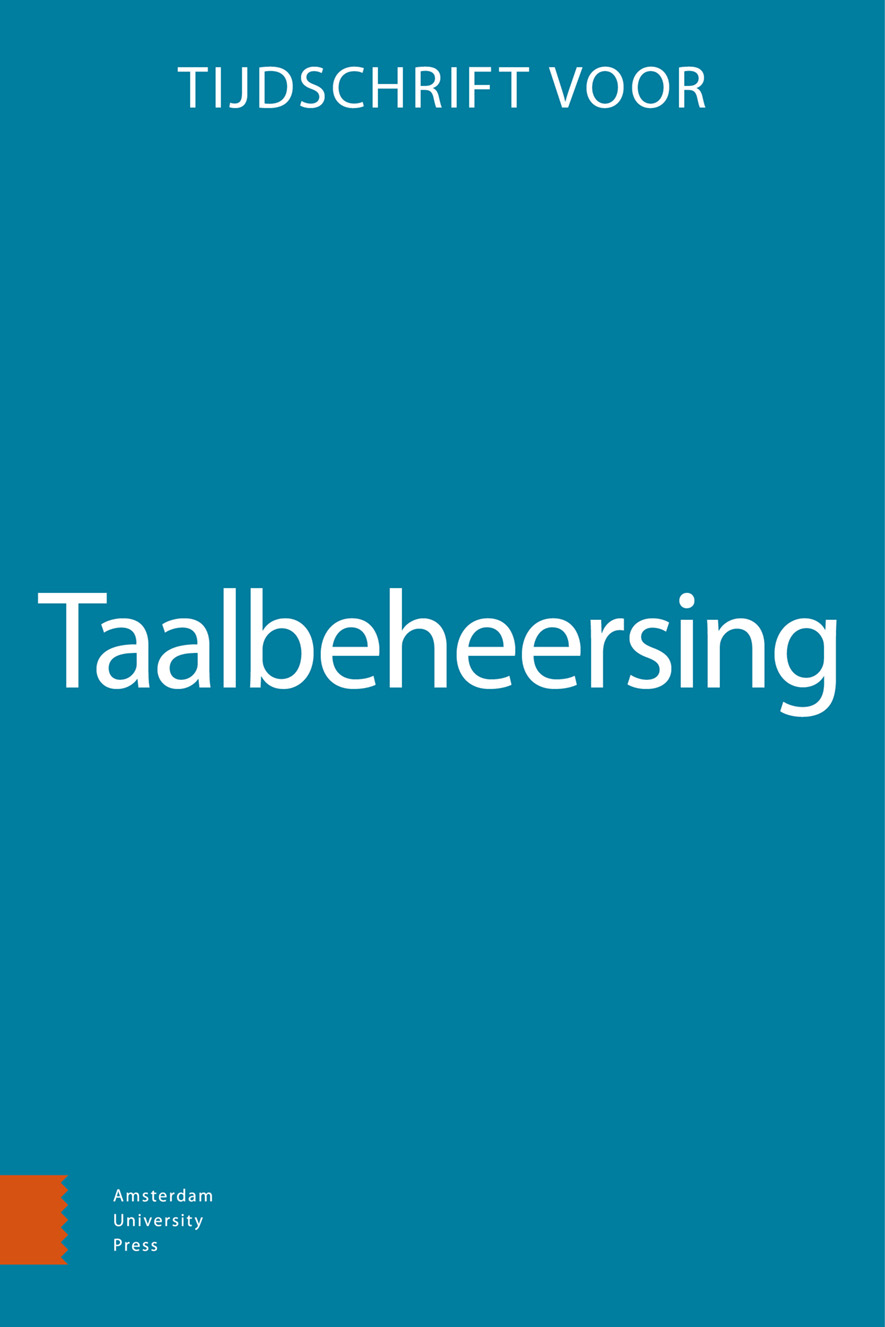-
oa ‘Wat de boer niet kent’
Een onderzoek naar het effect van formulering (technisch versus niettechnisch) op de acceptatie van kweekvlees1
- Amsterdam University Press
- Source: Tijdschrift voor Taalbeheersing, Volume 44, Issue 2, Dec 2022, p. 91 - 108
-
- 01 Dec 2022
Abstract
Cultured meat looks, feels and tastes like conventional meat, but is much less destructive for humans, animals and the environment. However, consumer acceptance of cultured meat is still not very high, which may have to do with the perceived unnaturalness of the way it is produced. Previous research has suggested that part of this unease can be taken away if the textual description of the production process makes use of non-technical terms, instead of the rather technical terms that are often used in information brochures. The current study failed to replicate these earlier findings: there were no significant differences between the technical text, the non-technical text, and a control condition in which no description of the production process was included. Furthermore, from our results it appears that the feeling of ‘disgust’ that is evoked when participants read about cultured meat is central in the acceptance process, and not ‘perceived naturalness’ as has been hypothesized earlier. Thus, it seems to be important to focus on reducing the feeling of disgust in further communications about cultured meat, for instance by creating associations with pleasant and tasty sensations, and leave out descriptions of the production process altogether.


